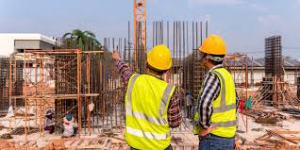
The Transport Engineering course provides students with a comprehensive understanding of the principles, practices, and technologies involved in the planning, design, operation, and management of transportation systems. This course covers various modes of transport, including road, rail, air, and maritime, with a focus on ensuring safety, efficiency, and sustainability in transportation infrastructure.
Objectives
By the end of the course, students will be able to:
- Understand the fundamental concepts of transportation systems, including traffic flow theory and transportation planning processes.
- Analyze and design transportation infrastructure, including roads, intersections, railways, and airports.
- Evaluate the environmental and social impacts of transportation systems and explore sustainable transport solutions.
- Utilize traffic engineering tools and methodologies to assess and improve transportation system performance.
- Develop skills in project management and economic an
- Teacher: Admin User


